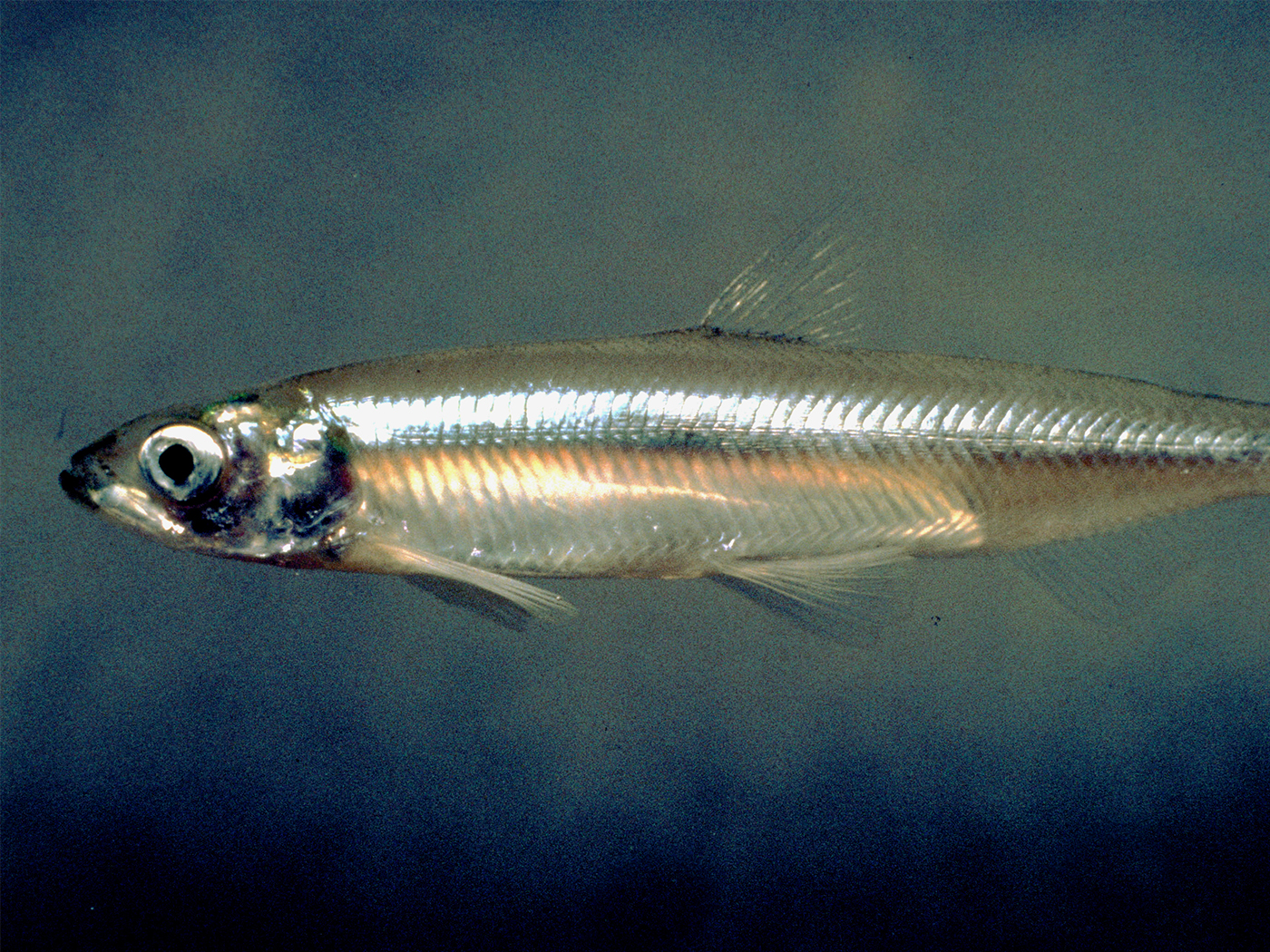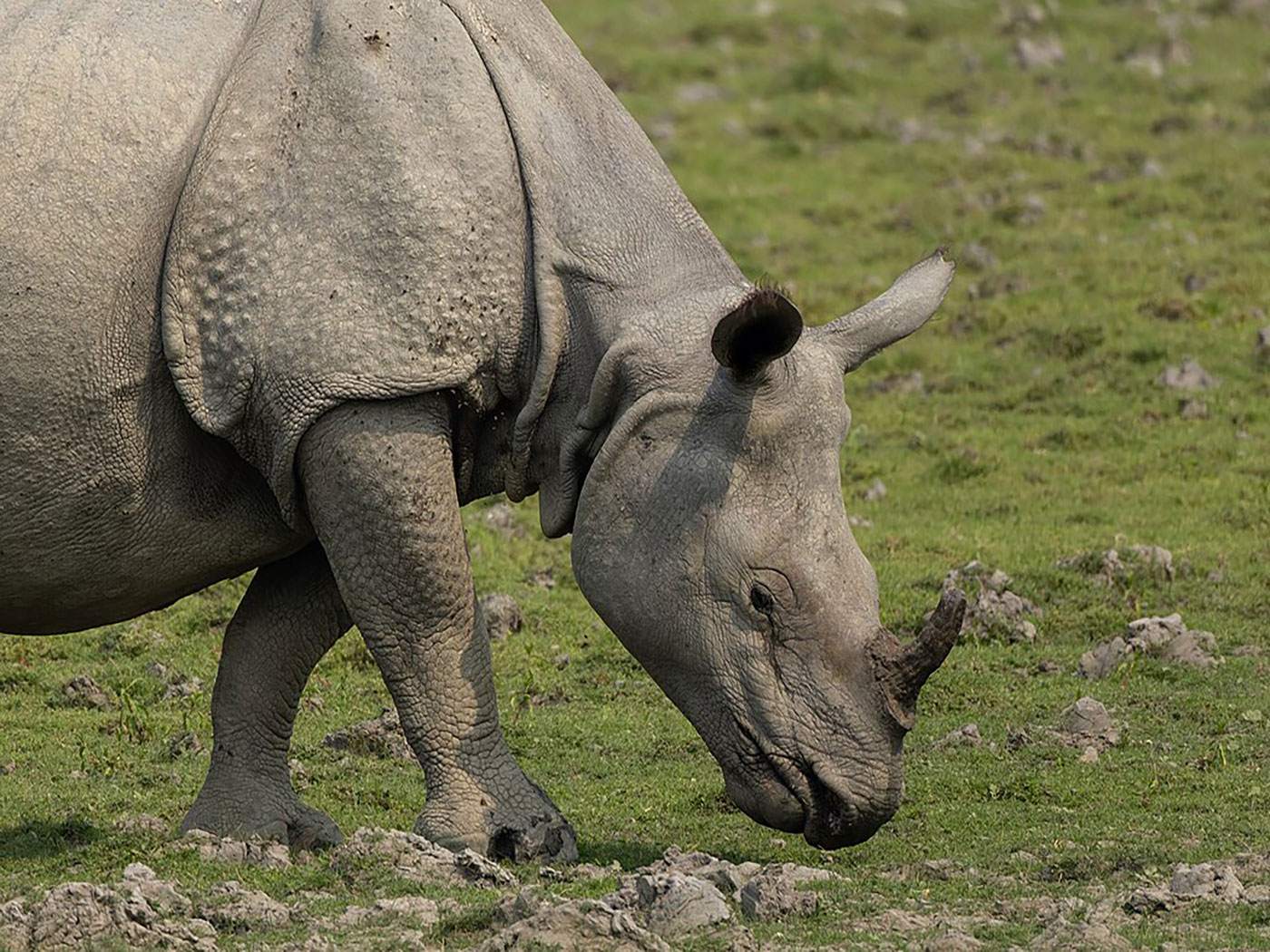A lazy summer day in an Illinois cornfield is the setting of an unbelievable altercation involving chemical warfare, field-wide alarm calls, and some of the most graphic violence seen on any battlefield. The battle rages. And yet, there are no sounds in this cornfield, save for the rustling of leaves and the occasional bird call.
One of the many "warriors" is a caterpillar that has a voracious appetite for corn leaves. As it munches on the leaves the corn plant responds by releasing a range of organic compounds called volatiles. Such compounds have a number of functions including warning other plants that in turn activate their own defense genes. Volatiles also attract parasitoid wasps. These predatory insects follow the biochemical signal right down the individual plant under attack. Once there, she finds the caterpillar and injects eggs under its skin. In due time the larvae develop and consume the host from the inside out.
But what if the corn leaf is just physically damaged due to wind or hailstones? Will the plant still release volatiles? No. The Creator designed the plant to recognize compounds in the caterpillar's saliva as it is eating the leaf, in this way false alarms are avoided. It is this chemical plus the wounding of the plant that starts what scientists call a signal transduction pathway in the corn. The complex process results in the production and release of volatiles. One must ask, is this the result of nothing more than time, natural processes, and chance—or a Creator's blueprint?
The fact that this battle hardly describes the "very good" creation that God completed at the end of the Creation Week has not been lost to ICR scientists. But it wasn't always like this. Like so many other predator/prey relationships, the above description reveals the tragic corruption of the creation due to sin. Let's remember that according to Scripture, plants are not alive as people and animals are. In the beginning plants were created as food for truly living plants and animals. In the very short time prior to the Fall, we speculate that parasitoid wasps did not engage in hunting for caterpillars (a clear predator/prey relationship). Instead, the wasps may have injected their eggs into protein-rich plants. Caterpillars probably fed from plants as they do today, as doing so would not contravene the "no death before the Fall" teaching. A variety of plant secretions probably directed the insects what to eat and what not to eat on the individual plant before the Fall and in so doing probably assisted the plant in a symbiotic relationship. Plant scientists are only now beginning to understand the complexity of these plant chemical defenses.
The complex process of signal transduction may have changed slightly after the Fall. In the Garden, caterpillars and wasps were herbivores and fed from plants, the wasp being "called" to the plant by volatiles secreted due to the caterpillar's feeding. After the Fall when God cursed the earth, the wasp had to seek a more protein-rich source: the caterpillar. How? Like evolutionists, creation scientists can only speculate. Plants with their signal transduction pathway could generate a hypersensitive response against the wasp by way of R (resistance) proteins produced by a number of activated R genes after the Fall. The wasp, deterred by the production of protective molecules throughout the plant, turns to the caterpillar for its repository of eggs. The Creator equipped each with the necessary ability to adapt.
Cite this article: Sherwin, F. 2005. All Out War in the Cornfield. Acts & Facts. 34 (8).





















